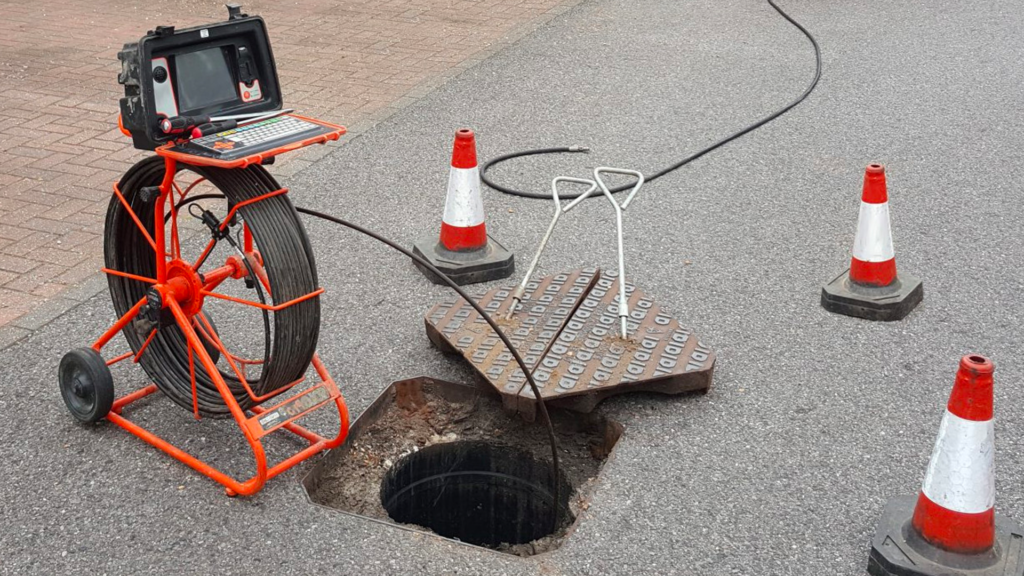Getting The Reclaim Waste To Work
Getting The Reclaim Waste To Work
Blog Article
Reclaim Waste - The Facts
Table of ContentsReclaim Waste Can Be Fun For AnyoneThe Only Guide to Reclaim WasteAbout Reclaim WasteTop Guidelines Of Reclaim WasteWhat Does Reclaim Waste Mean?3 Simple Techniques For Reclaim Waste

Never ever place harmful materials down sinks, toilets or stormwater drains pipes Materials including petrol, oil, oil, chemicals and herbicides, and solvents such as paint pole dancers need to not be put down sinks, commodes or stormwater drains. These materials are challenging to get rid of in the sewage treatment process and cause air pollution problems in our local waterways.

Fluid waste is a term that covers a wide variety of materials, there's an excellent reason why leaving its disposal to the experts is advised. Liquid waste is non-solid material that has no further usage and has to be treated and thrown away according to local, state and federal guidelines.
4 Simple Techniques For Reclaim Waste
Examples of liquid waste can include wastewater, fats, oils or grease, used oil, liquids, solids, gases or sludges and harmful family liquids, there are some that are taken into consideration to be a lot more harmful than others when it comes to the atmosphere and the health of pets and human beings alike. It's therefore that each state and region have actually stringent policies linked to fluid waste monitoring.
Liquid waste can be stored in holding storage tanks or packaged in drums, intermediate mass containers or accepted little containers before either being dealt with or eliminated through outsourced vacuum vehicles. Given the nature of the products, fluid waste can not enter the general waste stream and there are rigorous laws on exactly how to deal with it correctly.
(https://www.mixcloud.com/reclaimwaste1/)Depending on a determination of the level of risk, it might be essential to remediate those websites. In addition, hazardous fluid chemical wastes are controlled waste and must be tracked based on the state waste regulations. Under the chain of custody and duties, owners are responsible and accountable for waste produced by a business.
Among the core applications for superabsorbent polymers (SAPs) is fluid waste solidification. liquid waste disposal melbourne. SAPs are utilized by waste monitoring experts to avoid possibly unsafe fluids from getting in waterways, groundwater aquifers, and other delicate environments. Because liquids can rapidly carry contaminants right into environmental receptors and possibly add to geotechnical failures, fluid wastes that site are generally prohibited from disposal in garbage dumps
Some Ideas on Reclaim Waste You Should Know
Generally, cost-free liquids are liquids that divide from the solid portion of waste product. Liquid waste can consist of the following: HDD mud and cuttings Landfill leachate Wastewater therapy sludge & biosolids Dredged debris Oil and gas drill cuttings Working out pond muck Hydro Excavation slurry Coal burning residuals/ash Storage tank bottom sludge Concrete grinding/polishing slurry Related Article: For a practical instance of free liquids dividing from waste material, think about the following circumstance: A waste management professional lots a dump associate sludge from a wastewater treatment plant's aeration container, during a regular upkeep event.
However, when the motorist reaches the landfill, he notifications water leaching from the sludge and pouring from the dump vehicle. The load was denied by the landfill and the motorist was compelled to dispose of the waste as a liquid waste at a special center, which raised the disposal costs enormously.
We additionally require to be accountable for the correct disposal of our waste products. It is not sufficient that we pay waste disposal companies to take care of our rubbish.
Getting The Reclaim Waste To Work

Segregating your waste can start inside the home. Set apart completely dry and liquid waste as well as edible waste, eco-friendly and non-biodegradable materials.
Layer the bottom with dirt to absorb the wet waste. Layer the compost with wet and completely dry waste as well as soil to preserve a balance in between the damp and the dry.
Not known Factual Statements About Reclaim Waste
To help with faster decomposition, you can also include semi composted dirt to the garden compost. If you see the scent is ending up being too strong, add extra papers and paper waste or include more openings to the compost bin to maintain the balance of the waste materials.
The world is drowning in rubbish and we can't manage to be irresponsible any longer. We have to act and recycle whatever we can any place we can. We also need to be accountable for the correct disposal of our waste products. It is insufficient that we pay waste disposal companies to look after our rubbish.
Our waste, our responsibility. Have you ever questioned what takes place to your liquid waste after it's accumulated? Did you know that liquid waste can be reused?
The Buzz on Reclaim Waste
Segregating your waste can begin inside the home. Set apart dry and liquid waste as well as edible waste, biodegradable and non-biodegradable materials.
Layer the base with soil to soak up the damp waste - liquid waste removal. Layer the garden compost with wet and completely dry waste as well as dirt to keep a balance in between the damp and the dry.
Cover the garden compost bin. Once a week, include soil in addition to the compost. To assist in faster decay, you can additionally add semi composted dirt to the garden compost. Preserve the garden compost. If you discover the scent is coming to be too solid, add additional papers and paper waste or include more holes to the garden compost container to keep the equilibrium of the waste materials.
Report this page